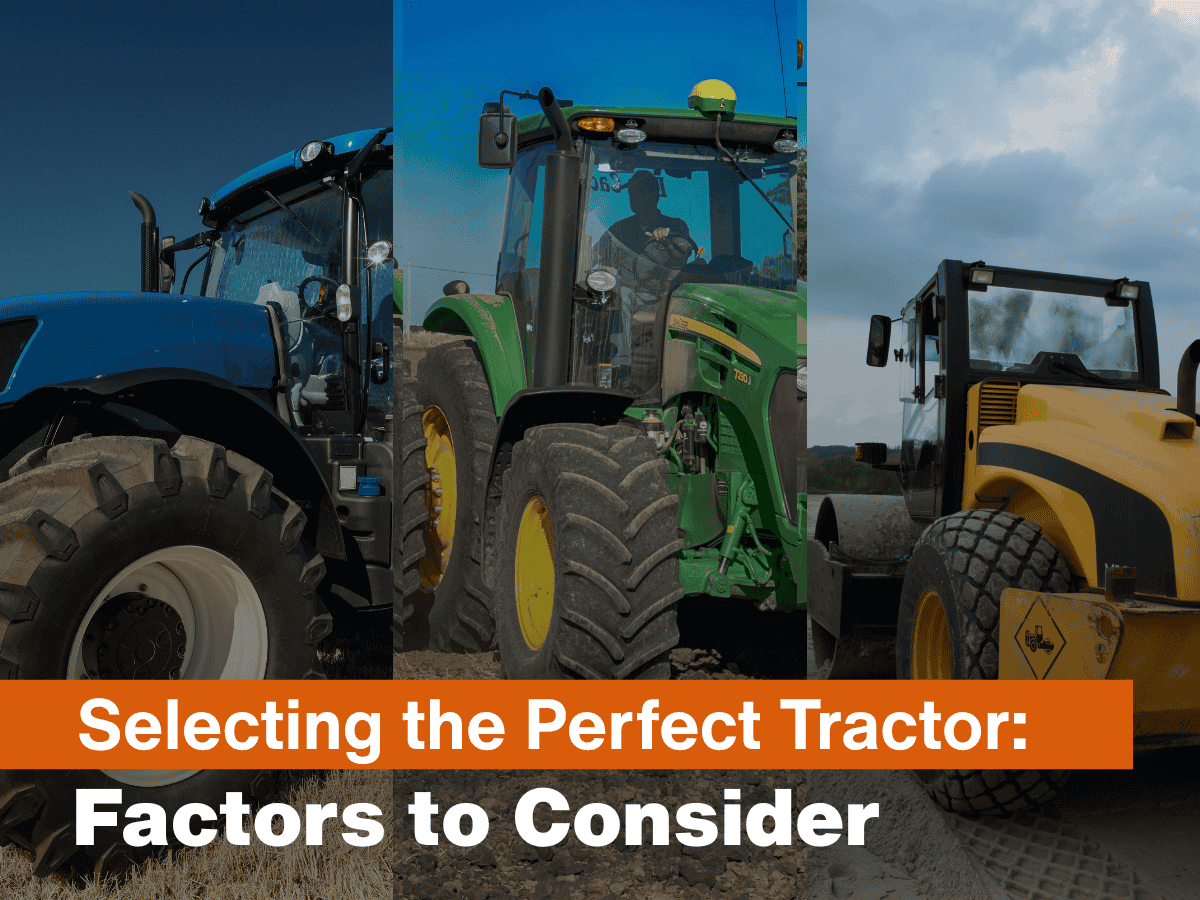ceat-speciality:blogs-tags/all,ceat-speciality:blogs-tags/equipment
Driving Tractors on European Roads: Key Differences by Country
Thu, 19 Jun 2025 | PRODUCTS
As agriculture modernizes across Europe, tractors are no longer confined to fields—they’re increasingly visible on public roads. Whether it’s moving between plots, transporting produce, or accessing rural infrastructure, tractors play a vital role in the continent’s agricultural logistics. However, the rules governing their road use vary widely across countries. From licensing and speed limits to lighting and registration, understanding these differences is essential for farmers, contractors, and agri-businesses operating across borders.
United Kingdom: Road-Ready but Regulated
In the UK, tractors are a common sight on rural roads. Farmers must ensure their tractors are roadworthy, taxed, insured, and registered with the Driver and Vehicle Licensing Agency (DVLA). Drivers must be at least 16 years old and hold a Category F license. Speed limits are capped at 20 mph for most agricultural vehicles, and lighting requirements are strict—especially during low visibility or night-time travel. The UK also mandates regular maintenance checks and encourages the use of flashing amber beacons for visibility.
España (Spain): Regional Nuances and Safety First
Spain’s decentralised governance means that while national laws apply, regional authorities may impose additional rules. Tractors must be registered and insured, and drivers need a valid license—usually a B or specific agricultural license. Speed limits are capped at 40 km/h, and tractors must display reflective panels and lighting. In some regions, tractors are restricted from using certain roads during peak traffic hours to reduce congestion and improve safety.
Polska (Poland): Practicality with a Focus on Visibility
In Poland, tractors are widely used for both agricultural and transport purposes. Drivers must be at least 16 and hold a T-category license. Tractors must be registered and insured, and the use of reflective triangles and lighting is mandatory. Poland has invested in rural road safety campaigns, encouraging the use of high-visibility clothing and additional lighting to reduce accidents involving slow-moving vehicles.
France: Structured and Seasonal
France has a well-defined legal framework for agricultural vehicles. Tractors must be registered and insured, and drivers need a license if the vehicle exceeds 40 km/h. During harvest season, temporary permits are often issued to allow for extended road use. Lighting, signalling, and load limits are strictly enforced. Convoys of tractors are common in rural areas, and local authorities may coordinate traffic management to accommodate them.
Portugal: Evolving Standards
Portugal has been updating its agricultural vehicle regulations in recent years. Tractors must be registered and insured, and operators need a valid driving license. Speed limits are generally 40 km/h, and lighting and reflective markings are required. The country has also introduced incentives for upgrading older tractors to meet modern safety and emission standards, aligning with broader EU environmental goals.
Deutschland (Germany): Precision and Compliance
Germany’s approach to tractor road use is rooted in precision and safety. Tractors must pass TÜV inspections and be registered. Operators require a Class L or T license, depending on the vehicle’s specifications. Tractors exceeding 40 km/h must meet additional safety standards, including advanced braking systems and hazard lighting. Emission regulations are also strictly enforced, reflecting Germany’s commitment to environmental sustainability.
Italia (Italy): Terrain-Informed Regulations
Italy’s diverse geography—from mountainous regions to flat plains—shapes its tractor regulations. Tractors must be registered and insured, and drivers need a license appropriate to the vehicle’s weight and speed. Speed limits vary by region and road type, but generally do not exceed 40 km/h. Reflective markings and lighting are mandatory, and in hilly areas, additional braking requirements may apply. Italy also emphasizes maintenance checks to ensure roadworthiness on steep terrain.
Other European Countries: A Patchwork of Policies
Across the rest of Europe, regulations vary but share common themes: registration, insurance, licensing, and safety equipment. In the Netherlands, for example, tractors must be registered and are limited to 40 km/h, with strict lighting requirements. In Scandinavian countries, winter road use may require additional equipment like snow chains or heated mirrors. Eastern European nations are gradually aligning with EU standards, though enforcement and infrastructure may lag behind.
Key Takeaways for Global Operators
Understanding the legal and logistical nuances of driving tractors on roads is crucial for safety, compliance, and efficiency. Here are a few universal best practices:
- Always check local licensing and registration requirements.
- Equip tractors with proper lighting, reflectors, and SMV signs.
- Adhere to speed limits and seasonal restrictions.
- Stay informed about regional updates and EU harmonisation efforts.
Final Thoughts
As tractors continue to bridge the gap between field and road, navigating Europe’s diverse regulatory environment becomes increasingly important. At CEAT Specialty, we support farmers and contractors with durable, road-ready tyres engineered for performance and safety. Whether you're navigating the winding roads of Tuscany or the flat fields of Flanders, our range of tractor tyres is engineered to support your journey, wherever the road takes you.



















